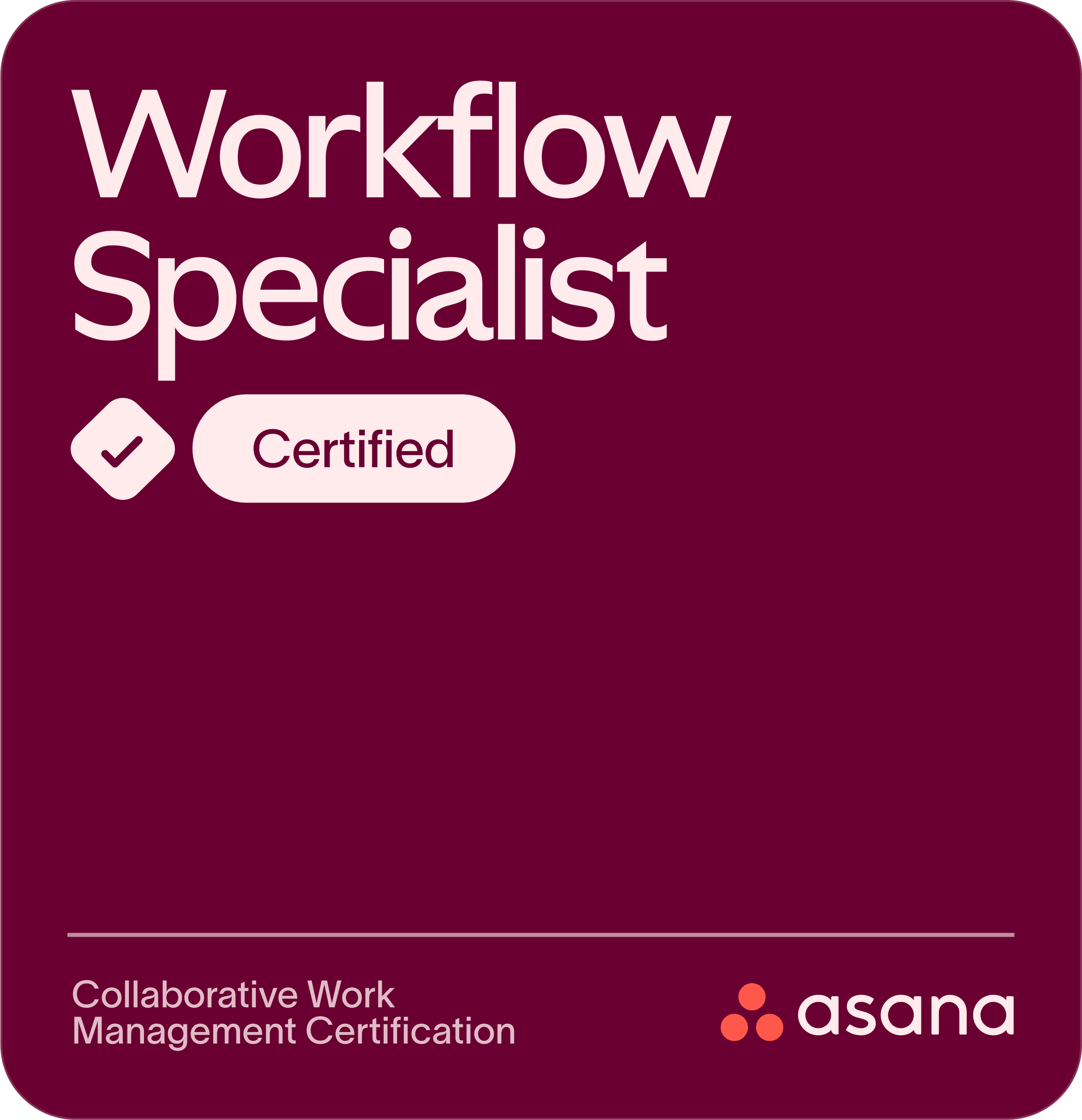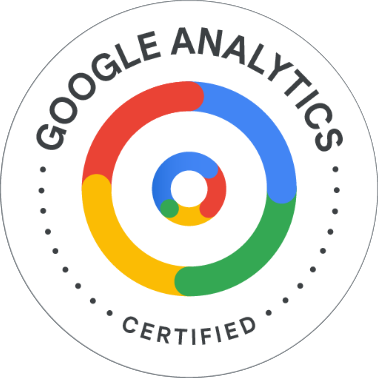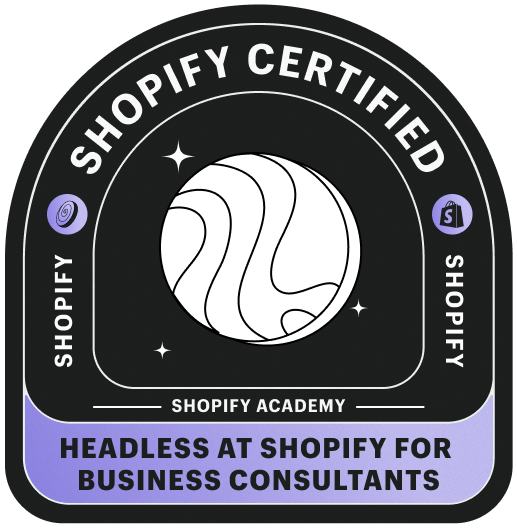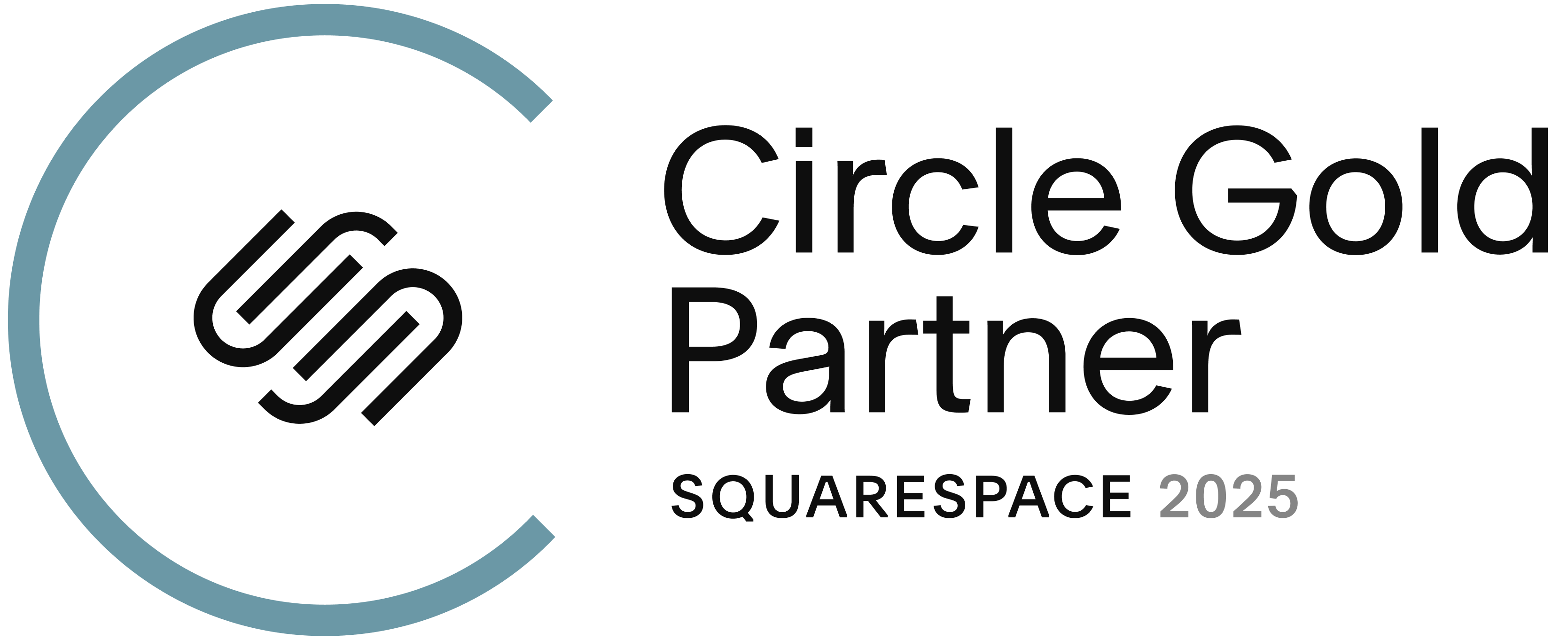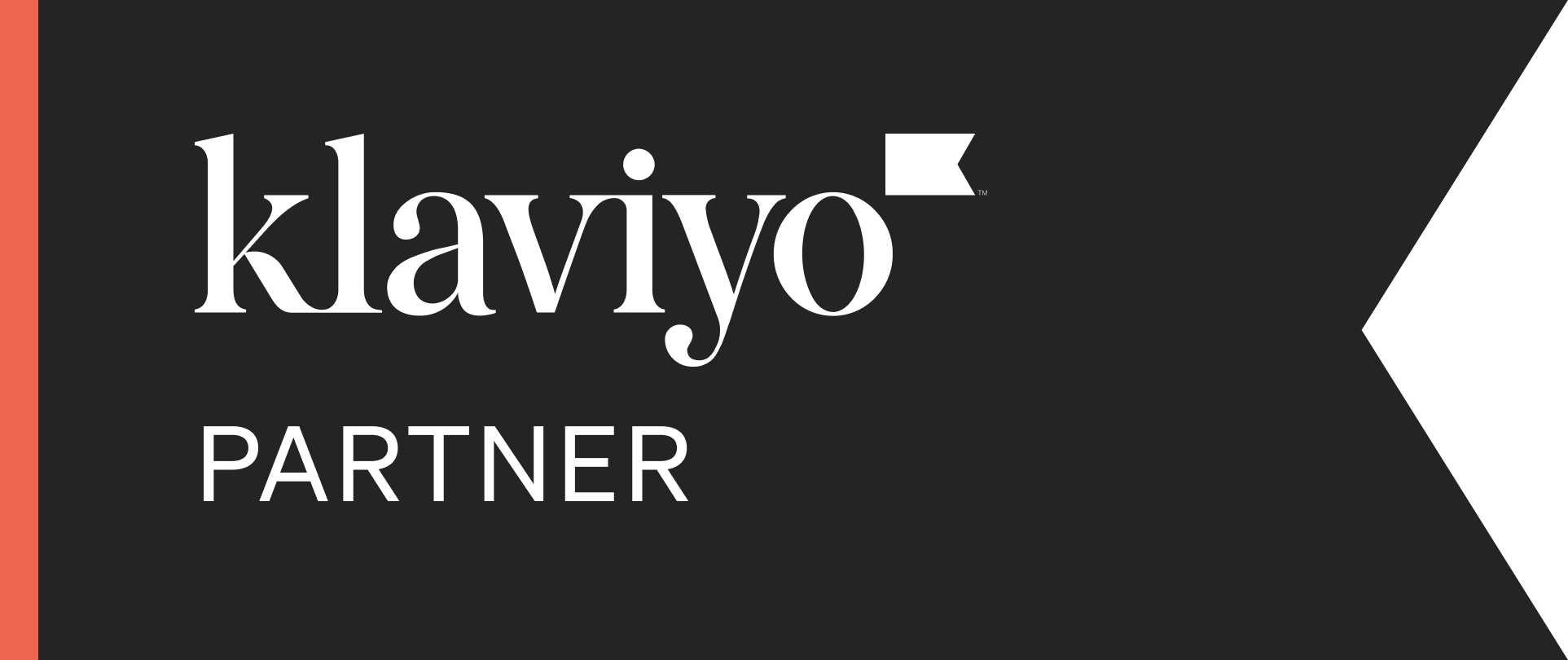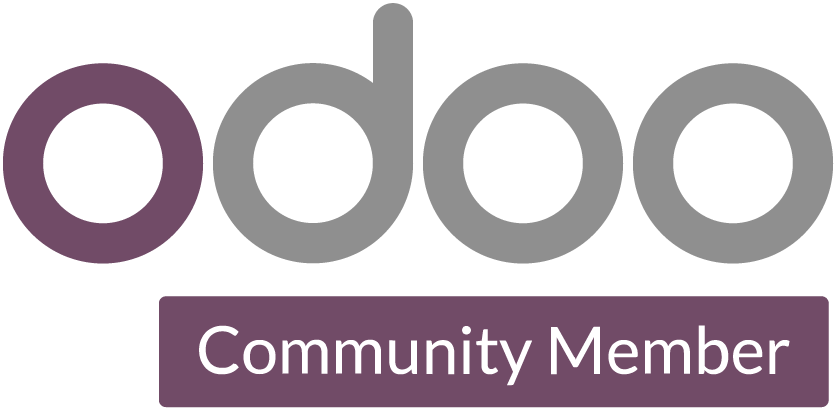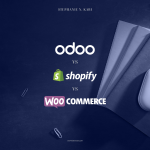The designers with the most success in our industry are business-aware.
When you learn the language of non-designers, you gain credibility around key decision makers.
This summary shows how as you begin to use these lessons, you’ll not only be seen as an effective designer, but also as an effective collaborator. Leveling-up your company’s design maturity takes time. You’re part of a journey, and with these skills, you’ll be in a position to progressively impact your organization in exciting new ways.
1. Understand why you need to know business
If you understand the basics of the business model and strategies in which you’re working, you’ll be able to spend less time explaining the value of design and more time actually designing. It will also increase your credibility.
If you just go into the room and narrowly think about “design, design, design,” and you don’t value the business or understand why you have to move to market quickly, your contribution will not be felt.
As designers move into leadership, they are responsible for business decisions that impact customer value and company’s bottom line. And while design leaders may not have to crunch numbers every day, they need the skills to competently participate in discussing expenses, operational planning, hiring, strategy, and other day-to-day concerns of company leaders.
We need to meet our non-designers where they are.
2. Learn key business vocabulary, models and strategies
If you can’t communicate with non-designers, that’s because you are speaking design, but your colleagues are speaking business. You’ll need to know common terms to communicate effectively with leaders across the business, such as competitive advantage, profit, profit margin, trade-offs, supply and demand, and market forces.
Business Models
This is how a business creates value, through the values designers are expected to provide): freemium, marketplace, subscription, disintermediation, franchising, low touch, razor blade, reverse razor blade, and advertising. Companies can have multiple business models at one time.
Business Strategies
This is how a business creates value better than competitors: by becoming a cost leader, creating differentiation, or targeting a niche customer base. Companies decide their best strategies by selecting their target customer & channels, and choosing their competitive advantage.
This will influence whether a company or product is focused on growing market share or products or earning profits.
Startups typically focus on growth in hopes of finding revenue models later, while established companies focus on profit while keeping an eye out for new growth opportunities.
Bonus 1: Learn How to Evaluate Company Health
- Financial – what are the monetary results of the company’s past decisions?
- Customer – which people buy a company’s products and value provided to them?
- Operational – how smoothly & efficiently are processes and teams running?
- Employees’ learning & growth – what are the key skills to be developed, core processes needed to create products/services, and the culture needed for success?
Bonus 2: Make Decisions Based on Value
Many organizations think that you have to go to business school to create business value and make business decisions. But the reality is that the techniques taught in business school don’t create all value.
Subjective factors like ethics, morals, or emotions also play an important role in decision-making, alongside financial concerns. These intangible aspects need to influence decisions on everything from project roadmaps to branding. Designers are uniquely qualified to advocate for subjective values. These are:
- Actual values — measured using math to know the production costs, purchase & sale prices, employee salaries, development hours, etc.
- Perceived value — the emotional & personal benefits
Actual value + perceived value = total value expected
When we measure the value of our work, then customers, employees, partners, and other stakeholders can better understand the design approach’s benefits.
3. Develop your business perspective
Anticipate your colleagues’ behavior with empathy maps
Your colleagues are human, and changing human behavior is hard. Any new behavior will happen only when they are inspired enough to do something, they have the ability to do it, and they are triggered/asked to act at the right time.
The Empathy Map helps the designer to identify a specific person, their goal, and how they see the work through their eyes. Doing this gives you a better understanding of your business partners in this way:
- You clarify the intended goals a partner wants to achieve.
- You identify what your colleagues are interested in, how that makes them think and feel, and how their responsibilities affect what they say and do.
- You realize that non-designers partners are not anti-design, but have different perspectives and ways of working.
Once you’ve filled the empathy map, it’s important to summarize the insights in a clear way using Insight Statements, for example:
- Something new I learned about [Partner name] was ______________.
- This knowledge helps validate/invalidate my assumption about ______________.
- ______________ is a pressing question [Partner name] has that I can now provide an answer for.
- ______________ is a plausible thing the design team could/should do moving forward to help [Partner name].
- There is an opportunity here for us to ______________ together.
Map your team
Culture always trumps strategy. What works for one stakeholder is not working for another, and people in the room seem to be speaking past each other rather than listening. These are not great conditions to make quality business decisions.
Use Stakeholder Analysis to select strategic partners. You can quickly map who has power/influence in your workplace and who is willing to experiment with new ways of working:
- Champions: partners who can help drive scalable adoption of design
- Challengers: influential partners who may be skeptical of design
- Sidekicks: partners willing to experiment with something new and willing to forgive if the experiment doesn’t go as planned
- Say-nos: partners you should politely de-prioritize

The goal is to understand stakeholders who will advocate for design when designers aren’t in the room, and to find “less visible” projects to work on to build case studies of success.
4. Create conditions for design maturity
Only 5% of companies get the most value from design for business, and 41% have significant room to grow.
InVision’s groundbreaking report, The New Design Frontier, identifies five organic levels of design maturity at which design increasingly influences a company’s bottom line:
- Level 1: Producers (least mature) — focus on the surface-level elements of design.
- Level 2: Connectors — prioritize collaboration and user-centered design.
- Level 3: Architects — make design scalable.
- Level 4: Scientists — run data-driven design with advanced analytics and experimentation.
- Level 5: Visionaries (most mature) — involve design in shaping strategy.
The New Design Frontier: What is Your Company’s Design Maturity Level?
When organizations establish the right conditions for design and make room for it in core processes, they also experience deeper customer understanding, bolder exploration and experimentation, and more informed decisions vetted through the continuous testing and learning process design enables.
As a designer, your job is to create a competitive advantage
The designer’s job is to help the organization “win” by creating a competitive advantage — a condition or circumstance that puts them in a better business position than the rest of the field. But designers are often shut out of the process when non-innovative approaches are considered, usually it’s a lack of trust. This is because designers tend to not speak about their work in terms of competitive advantage.
viable + feasible + desirable = innovative with a competitive advantage

Business = viability. Engineering = feasibility. And design = desirability.
Shifting to desirability means discussing less aesthetics and more what customers really need and want.
Innovation — introducing something new or unique — needs adoption to validate competitive advantage. This is the value of good design, because desirable solutions are adopted solutions.
What makes your solutions desirable?
- Credibility (most important): To drive adoption, what needs to be credible for the user?
- Impact: To meet a credibility objective, what things must create impact?
- Usability: To meet an impact objective, what things that must be usable?
- Detectability: To meet a usability objective, what things must be detectable?
Credibility is most important because trust matters more than usability. If a customer doesn’t believe your product/service is credible, they’ll take their business elsewhere fast.

Calculating a solution’s desirability: “What is the ROI of this?”
When organizations invest in making new products, executives and sponsors want to know: What do I get? How much do I get? When do I get it? How much will it cost me?
When ROI conversations arise (and they will) it’s important to communicate if a design works, and by how much. The successfulness of a design affects many decisions about investment. Plus, to calculate ROI, you must use math. If math isn’t being used, your business partners are just guessing.
There’s no way for you to calculate ROI on your product/service’s desirability if the product & business folks around you don’t have legitimate numbers for you to start with.

5. Communicate the options
Increasing organizational trust requires understanding the business, partners, and aligning work with viability. Designers can help partners to understand design opportunities and risks by developing effective communication.
Too often, designers fail to understand how an inability to generate political capital can undermine their ability to deliver change.
The first step is to use languages and structures that are already valued by others. This will help gain trust and influence and lead to more support from business partners.
Storytelling
Narrative storytelling is great at creating products that resonate with customers, but isn’t enough for stating trade-off decisions influenced by design.
On the other hand, analytical storytelling fills this gap by explaining the rationale behind a recommendation, using structured thinking and a focus on prioritizing difficult decisions and sharing trade-off decisions.
Use narrative storytelling:
- When you want your colleagues to connect with the customer perspective.
- When you want to inspire or motivate your organization to do something new.
- When your product team needs a compelling vision.
Use analytical storytelling:
- When you want to persuade your colleagues to fund an initiative or additional resources.
- When you want to inform partners of multiple paths forward to achieve an outcome.
- When you want to highlight the risks and opportunities ahead.
Use analytical AND narrative storytelling together when you want your colleagues to see the value you’ve already delivered. Use analytical storytelling first, then narrative storytelling to connect the completed steps to the greater vision.
Presenting your analytical story
The Analytical Pyramid (simple)

The Situation-Complication-Resolution (SCR) Framework (elaborate)
This framework allows you to structure your argument as a series of situations and complications, which leads to a resolution.
- Situation: The fact-based state of current affairs
- Complication: The reason(s) the situation needs action
- Resolution: The specific action(s) required to solve the problem (recommendations)

Complications should create tension. Without tension, stakeholders may be less than compelled to act.
Use SCR when organizational trust is high. Your audience will generally accept your resolution and the format helps build conviction around it.
Gauge ambition and plan for negotiations ahead of time
Sometimes unspoken agreements are made between decision makers, unexpected outcomes are presented as new ideas, and designers are pushed to the sidelines while fates are decided. This is the negotiation zone, and we need to be prepared to assert ourselves.
To prepare, you have to consider what you’re negotiating, where you’ll hold your line, and what you’re willing to give up. The Negotiation Canvas is a great tool to help. It forces designers to consider the point-of-view of the person with whom they’re negotiating.

6. Put it all together
Tip #1: Integrate with familiar methods and practices
As a designer, when you introduce a new workshop, research finding, or design, keep this principle in mind. Because your colleagues will be more open to what you share if they’re able to associate it with something they already know.
In social psychology, there’s an effect called the familiarity principle: people prefer things they’re familiar with over things they’re not.
A smart way of increasing your influence is to incorporate your information into existing processes, meetings, rituals, or presentations. If you do this, your collaborators will feel more comfortable, and they’ll be more likely to sort and classify the information you present in a useful way.
Tip #2: Use a consultant mindset
Some of the most effective designers have learned that by allowing their colleagues to put ideas or thoughts on the table, they remove any anxiety those colleagues might be having about a negotiation. Great consultants are also really good at letting others come to their own conclusions.
Are you able to let your colleagues come to their own conclusions?
Consultants are strong influencers because they think like executives. They ask open-ended questions about the current state of affairs before jumping into solution mode, e.g
- How does this impact the business?
- How are you measuring improvements right now?
- What are the risks of not doing anything at all?
- If you had to choose an item to work on first, what would you choose? Why?
Tip #3: Assess & target the appropriate level of design maturity
At times, having a highly mature design team may not be the highest priority for the organization. Not enough organizations consider this when hiring designers and design leaders. Knowing this will help you assess the maturity of design you should be fighting for.
When designers, leaders, and teams are pushing to reach level-5 maturity inside level-2 business models and strategies, issues can come up.
The ambitions of design teams are affected by decisions made at the business level. If a company is changing its business model and strategy every year or every quarter, they have bigger issues than whether or not to support the development of a mature design team. If you’re in a situation like this, don’t be too hard on yourself because you’re not at a level 5 yet.
**
Design Handbooks for Product Design Teams
Image credit: Invision — Business Thinking for Designers










